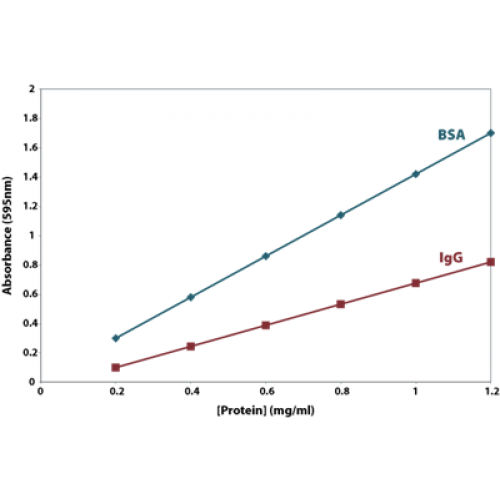 Dialysis is a solution-based separation technique used to facilitate the removal of small, unwanted compounds from macromolecules such as proteins, DNA, or polysaccharides through a semi-permeable membrane using the principle of selective diffusion. Although there are a lot of factors that affect the dialysis rate, the semi-permeable membrane is the single most important factor that can determine the success of the process.
Dialysis is a solution-based separation technique used to facilitate the removal of small, unwanted compounds from macromolecules such as proteins, DNA, or polysaccharides through a semi-permeable membrane using the principle of selective diffusion. Although there are a lot of factors that affect the dialysis rate, the semi-permeable membrane is the single most important factor that can determine the success of the process.
Dialysis 101: How the Process Works
Dialysis works by diffusion, or the net movement of molecules from areas of high concentration to areas of lower concentration until equilibrium is reached. In dialysis, a sample which contains unwanted small molecular weight compounds (such as salts, reducing agents or dyes) and a buffer solution are placed on opposite sides of a semi-permeable membrane. The concentration differential between the sample and the dialysate facilitates the diffusion of small molecules through the membrane while molecules that are larger than the membrane pores are retained on the sample side of the membrane.
By periodically replacing the dialysate buffer, the concentration differential is restored and the concentration of small contaminants in the sample is eventually reduced to a negligible level. This process can also be used to bring the desired components in the external buffer solution into the sample.
Aside from the properties of the dialysis membrane (the average or maximum size and number of pores, and the thickness of the membrane), there are some other factors that may affect the rate of dialysis. These include temperature, the molecular weight, concentration, interactions and hydrophobicity of the molecules, and dialysate agitation or stirring.
Common Issues That Come Up When Using Dialysis Bags
Traditionally, flat dialysis bags or tubing were used in the laboratory to carry out the process. While this provides flexibility and is the least expensive dialysis format used in the lab, there are a number of problems associated with its use. These include the following:
- Dialysis bag or tubing is difficult to handle. Flat tubing is extremely slippery when wet, making it hard to clamp or tie knots. Since it tends to be slimy when wet, there is also an increased risk that the bag will slip out during handling.
- Increased risk of sample loss. Since sealing the bag can be difficult, there is a possibility that the knots and clamps will come undone anytime during the process. Dialysis bags are also very fragile, easy to overfill, and can easily rupture when pierced with sharp objects. In addition, recovering your protein sample is virtually impossible if precipitation occurs. In this case, you need to cut it open and scrape the sample off.
- Time consuming. Traditional dialysis bags require pre-soaking to remove all traces of preservatives, heavy metals and sulfides introduced during the manufacturing process. In addition, they typically require overnight dialysis.
Thankfully, however, modern dialysis products have been developed to eliminate these problems. Today’s dialysis devices or dialyzers provide easy and mess-free handling, enhanced sample protection and excellent sample recovery. Some of the most commonly used dialyzer formats include the following:
- Dialysis tubes – mini dialysis systems in tube format designed for small sample volumes (20µl to 2.5ml)
- Microdialysis plates – flexible, easy to use dialysis format that allows simultaneous processing of multiple samples
- Microdialysis cups – ideal for dialysis of small sample volumes (2 to 15 ml) and other dialysis applications
- Dialysis cassettes and flasks – facilitate rapid dialysis of sample volumes ranging from 100 µl to 250 ml. These dialyzers are made of dialysis membranes separated by an inert gasket and sandwiched between two halves of a sonically welded translucent plastic case. As such, these devices do not require knots or clips. Dialysis cassettes have capacities ranging between 0.5mL and 30mL while dialysis flasks are used for sample volumes ranging from 150 ml to 250 ml.
Compared to the traditional dialysis bag, contemporary dialysis devices are easier to use, provide higher recovery, and have higher surface are to volume ratio. Thus, they provide the highest sample integrity and protection, and faster diffusion rate.
Image source: JStuStudios






